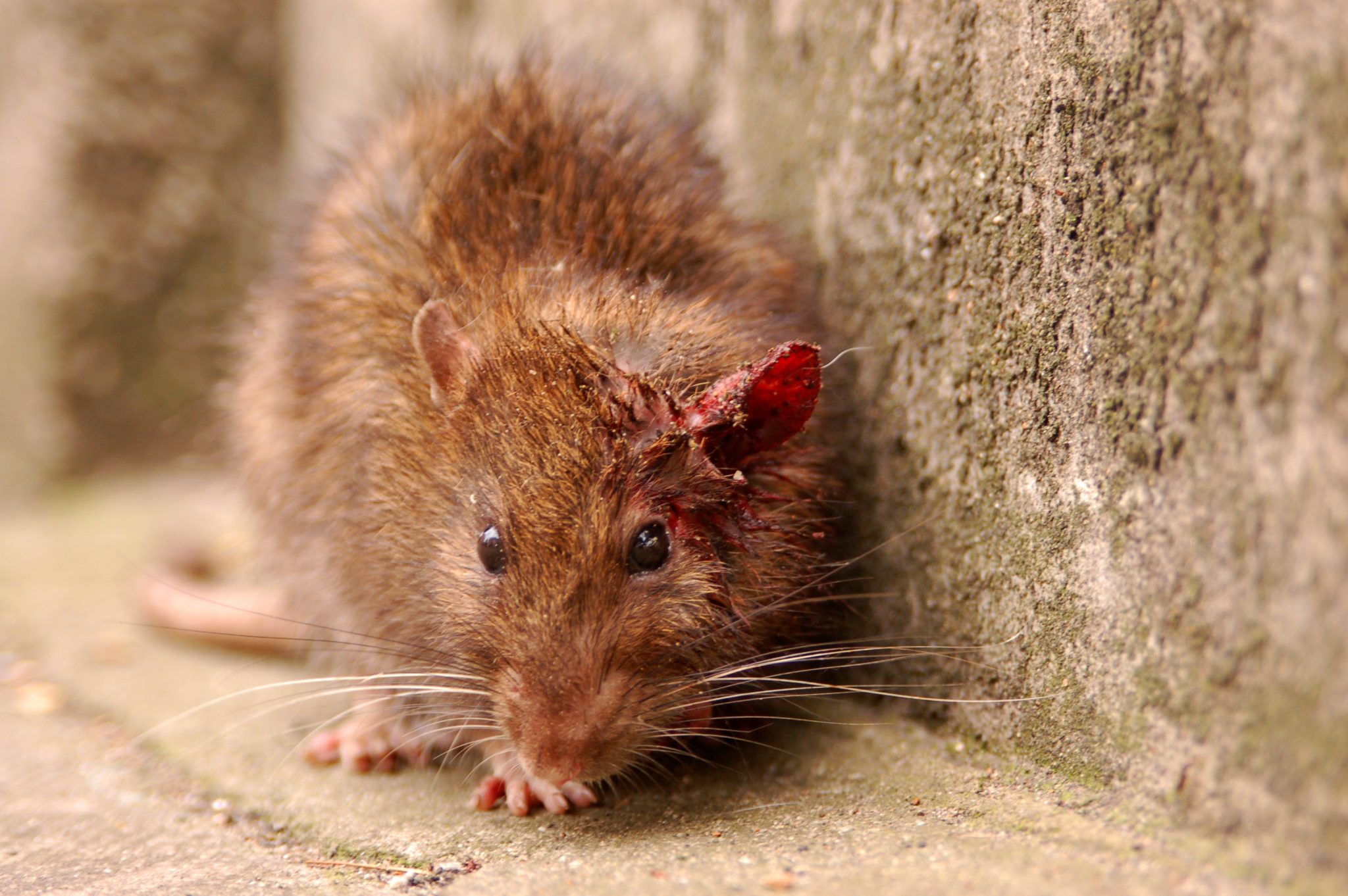 04 Dec 2017
04 Dec 2017
Top Tips for Winter Pest Control
Top Tips for
REQUEST A CALLBACK
Please fill in the form below for a free no obligation site survey and we will ask our friendly consultants to give you a call.
Top Tips for Winter Pest Control
The coldest months are upon us and it is easy to assume that most creatures are tucked away hibernating somewhere awaiting spring. In fact, many of the animals and insects we consider pests do not hibernate over the winter months at all. They just look to move somewhere warmer – namely, into our homes and properties.
With heating systems on full blast, our properties become a luxury destination for creepy crawlies and vermin of all kinds. Here are four tips for keeping on top of pest control throughout the winter months.
1. Don’t assume there is no way in
Just because you think all doors and windows are sealed properly, it doesn’t mean your property is pest proof. Mice are notorious for being able to squeeze through the tiniest of cracks, and there will always be ways into your property you probably haven’t even thought about. Disused air vents and water pipes are an open invitation to rats, so make sure you do a thorough survey of all fixtures and plumbing and close off everything that is not in use.
2. Sweep up fallen leaves
Piles of leaves allowed to build up around the outside of your property, especially in doorways, are an ideal refuge for flies, beetles and cockroaches looking for somewhere to see out the coldest weather. From these piles, it is only a short scurry or flight into the building when the door is open, and before you know it you have an infestation of much happier, livelier insects inside.
3. Shut off fascias
If you have any gaps in the fascia boards under your roof, there is a risk that you will end up with birds nesting in your attic spaces. Although many birds migrate for the winter months, the threat does not disappear. Pigeons are one bird which does not migrate, and they will be on the lookout for a warm home for the winter.
4. Lock up outdoor bins
Winter months are lean times for foxes, and it is at this time of year that they are more likely to cause disruption by hunting for food in your bins. Make sure they don’t get the opportunity by either using lockable bin lids, or shutting your bins away in secure outhouses.
 04 Dec 2017
04 Dec 2017
Pest Control Goes Herbal
Pest Control
Goes Herbal
REQUEST A CALLBACK
Please fill in the form below for a free no obligation site survey and we will ask our friendly consultants to give you a call.
Pest Control Goes Herbal
The chemical DDT and other synthetically formulated pesticides that became prevalent in the 19th and 20th centuries to control pest infestation have no place in a world where the focus is now toward healthy living and an environment-friendly lifestyle.
In its place, you now have a new breed of chemical pesticides formulated from organic herbal sources that are less detrimental to animal and human health as well as to the ecosystem. They’re called ecological, organic, herbal or green pesticides that have become part of a new environment-centric discipline of agroecology, or the study of agriculture’s roles in world ecology.
The study of agroecology has put into focus the initiative to bring pesticides into a more environmentally kind formulation. Also called biological pesticides because their efficacies have biological roots, these green pesticides include such biocides as antibiotics, antibacterials, antivirals, antifungals, antiparasites, antiprotozoals and germicides used in combating pest and microbial infestation in crops.
However, not all green pesticides are harmless. While most green pesticides are essentially insecticides that are safer than synthetic pesticides, some have been known to be just as harmful.
About the only criterion for classifying green pesticide is that they are organically or naturally derived typically from botanical sources. But not all substances derived organically are safe such as rotenone, copper, pyrethrums and nicotine sulfate.
Rotenone has been identified as a dangerous natural pesticide and in 2005, it was banned for use among US organic farmers after it had been earlier banned under the California Organic Foods Act of 1990.
But this is more an exception than the rule. The new breed of green insecticides like the Phytoalexin elicitor glucohexatose along with a new class of organic pesticides called spinosad have shown selectivity in decimating harmful pests while leaving beneficial insects unharmed.
Some of these plant toxin based insecticides include organic sprays formulated with herbal extracts from wormwood, chive, stinging nettle, daffodil, garlic, rhubarb, onion, sambucus, tobacco and stale beer.
Mineral dusts have also been used including sulfer (acaricide, fungicide, bio-S sulfur mx) pilzvorsoge, spruzit, basalst dusting powder and carbolineum. With such environment friendly pesticides, there is no reason to go back to DDT.
